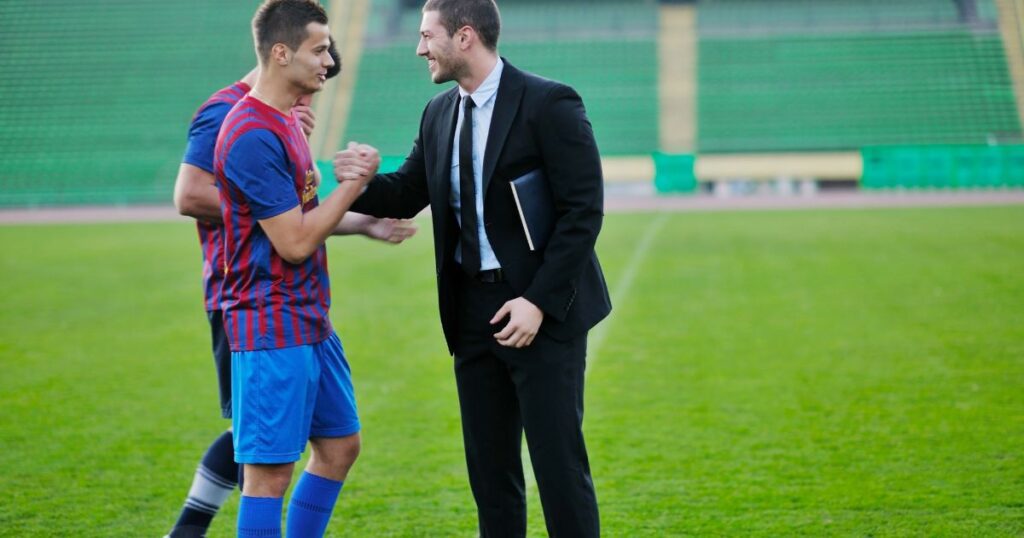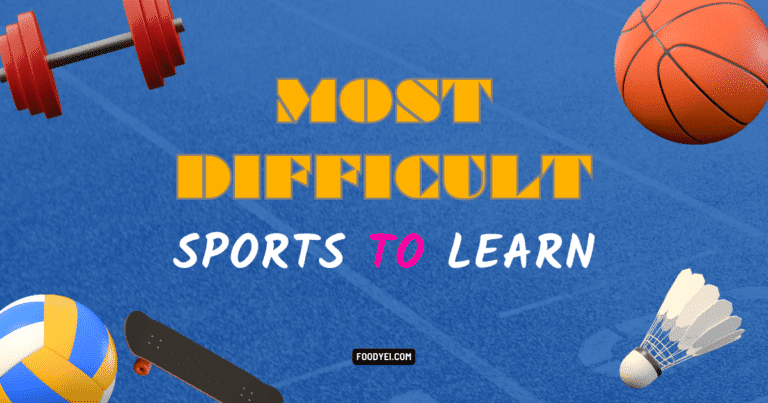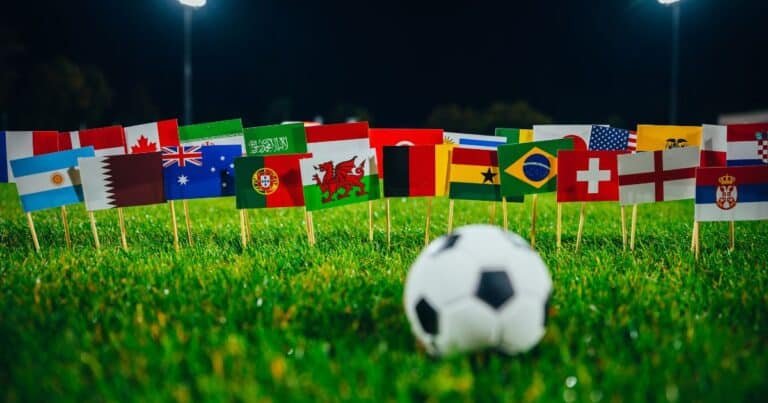The connection between sports and community has a profound ability to bring people together and build community. The shared passion, friendship, and unity created through sports fandom and participation are powerful. Sports cut across differences and foster human bonds. Let’s explore the multifaceted connection between sports and community and how games build social capital.
6 Connections Between Sports and Community
Fostering a Shared Identity
Sports teams give their fans and cities a shared identity to rally around. This collective identity transcends other differences between people. Strangers bond over their team allegiances and take pride in their community’s clubs. Even after moving away, sports allow people to retain a connection to their hometown. Win or lose, the team belongs to the community and becomes part of its social fabric. This shared passion and emotional investment in a team facilitates human connections.
Creating Powerful Social Networks

Engagement with sports, whether as a fan or participant, plugs people into expansive social networks. These social webs create ties that cut across demographics and backgrounds. Sports bars, tailgates, viewing parties, and stadiums become melting pots where diverse people mingle around their team bond. Many lifelong friendships and relationships bloom through shared team passions.
As networks grow via social media and fantasy sports, so do opportunities for interaction. Sports thus catalyze far-reaching social connectivity.
Developing Social Capital
Sociologists have shown that the social cohesion and community integration generated through sports help develop valuable “social capital”. This social capital refers to the collective value derived from social relationships, civic engagement, and norms of trust and reciprocity. Higher social capital is linked to benefits like better public health, higher educational achievement, and economic prosperity. By facilitating social bonds across many demographic lines, sports help create stockpiles of this social capital which enrich communities.

Sports Volunteering and Leadership
Volunteering and leadership in sports organizations also build community capacity. The collective effort required to run youth sports leagues, school teams, local clubs, and recreational events brings people together. Coaches, parents, and officials impart valuable skills. Nonprofits that use sports to engage underserved youth provide empowerment. Sports commissions and councils also facilitate partnerships to make sports accessible. Through collaboration, sports volunteering helps forge bonds and amplifies community pride.
Activation of Public Spaces
Sports programming and infrastructure, from parks to indoor facilities, help activate public spaces and enhance communities. Neighborhood pickup games, youth sports on weekends, and community exercise classes bring foot traffic and life to shared spaces. Hosting games/events at public venues boosts their utilization. Sporting infrastructure and public spaces become hubs for community gatherings, both as spectators and participants. This communal activation through sports increases vitality across the community.

Improving Community Health and Wellbeing
Sports participation enhances health and well-being at both individual and community scales. Exercise improves physical and mental health, while social engagement boosts well-being. Communities with higher sports participation have lower obesity rates and healthcare costs. Sports bring people outdoors, reducing isolation and inactivity issues. New research links cognitive and academic benefits for kids involved in sports. Overall, sports produce a fitter, happier, and more engaged community across generations.
Conclusion:
The multifaceted connection between sports and communities is evident. As social institutions, sports have unparalleled power to overcome differences, cultivate friendships and strengthen community fabric. Leveraging this connective power of sports for community-building remains important for creating inclusive, empowered, collaborative, and healthy communities everywhere.
FAQs About Sports and Community
How do sports impact youth development and education?
Research shows sports participation enhances academic performance, aspirations, discipline, teamwork, and other valuable skills for youth. Sports-based youth development nonprofits also build character.
What kinds of economic benefits can community sports facilities provide?
New facilities draw sports tourism and visitors who spend money locally. They also create jobs and partnerships with hotels, restaurants, and retail for mutually beneficial economic impacts.
How can community sports programs promote inclusion?
Programs that provide access, outreach, and empowerment through sports for women, people with disabilities, minorities, and other underserved groups help build an inclusive community.
What types of partnerships connect sports teams and their communities?
Teams partner with schools, nonprofits, health providers, parks/rec, and local businesses on community initiatives through foundations and outreach branches.
How can fans positively influence their community through sports?
Volunteering, mentoring youth, modeling good sportsmanship, supporting local teams and businesses, and building connections with diverse fans are positive actions.
What social issues can community sports programs address?
Programs promoting health, youth development, social justice, environmental protection, cultural education and more create community betterment through sports engagement.




